You may be wondering, why did we go to Malaysia? It’s not usually at the top of an American’s travel list; it wasn’t at the top of mine. And I’d bet many Americans have never heard of it (sad, but likely true). It popped up on our radar a while back because it’s possible to get residency (depending on how the revised requirements shape up) and it’s a fairly affordable country to live in. Eastern, yes, but with Western amenities. Stable economically (it’s all relative, of course), with lots of international schools. And culturally diverse, in a fairly different way from the US. So we figured we’d check it out. At the very least, we’d get to learn about and explore a part of the world we really didn’t know much about, which is ultimately what we’re trying to do as we travel.
What’s it like? Well, kind of the polar opposite to California, LOL; it’s essentially a tropical rainforest, so it’s green and very humid. It rains regularly. Did I mention it’s hot and humid all year round? We started our stay in Kuala Lumpur (KL), which means muddy confluence. It’s the point at which two rivers come together and also the point a which the river historically became too shallow for boats to continue upriver, so it’s where trade happened and the city grew. And it’s where, from time to time, things flood. I digress…
Beyond climate, there are many differences between the west coast of the US and KL. Starting at a surface level (and I’m sure there are many more differences the deeper down the cultural iceberg you go) here are some that jumped out to us:
Out in public
Many people walk slowly, like they have all the time in the world to take in the sights. If you’re trying to get somewhere more expeditiously, you’ll likely have to weave in and around others. And if you’re outside, you’ll want to do this simply so you don’t melt into a puddle in the humidity.
People are generally calm and orderly. One night we stood out front of our complex to watch “snow” fall; it got fairly crowded and people shifted for better viewing opportunities, but there was no shoving or jockeying for position like you’d probably find in the US. Even during the holidays when the malls in KL were packed and the underground walkways and escalators were full, people just calmly moved along with the flow, not trying to elbow through. You almost never hear someone say “excuse me” to try to pass by; they just wait until there’s room.
Behold, the mall: Not like a mall in the US. Imagine a fully enclosed, air-conditioned mall with 3-5+ stories with not just clothing/shoe stores and restaurants, but also salons (men’s, women’s, waxing—you name it), hardware stores, play places for kids, pharmacies and clinics, full grocery stores, dentists, eye doctors, and more. Basically, malls are like one-stop lifestyle centers; imagine a town square, except in a modern mall. Since many people live in smaller apartments/homes, they meet up with friends where they can not only shop, but also find entertainment. Hence, the success of the mall in an era of online retail dominance. Some malls, like the one we stayed above (in a separate residential tower), are even linked to other malls by underground walkways so that you don’t even have to go into the humidity to get what you want/need. It really feels like you could live your life in a mall, but you’d be hard pressed to know if it’s day or night—ha! It feels a bit like Vegas in that sense.
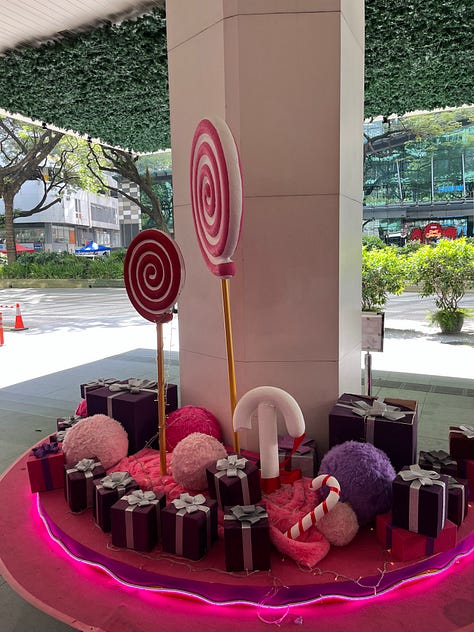

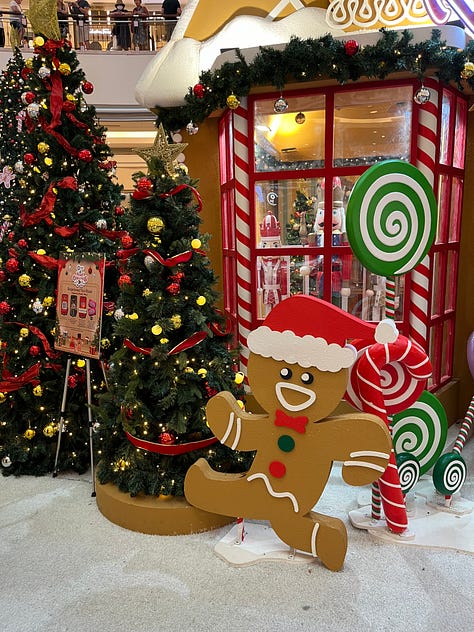
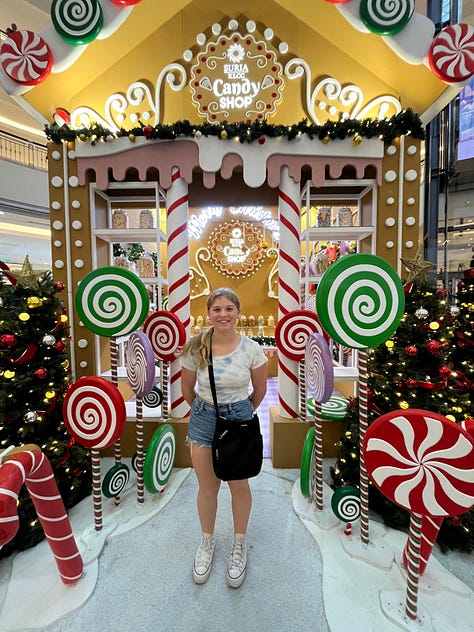
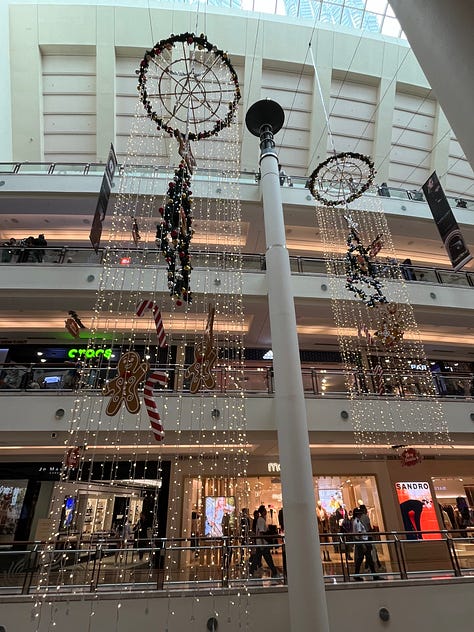

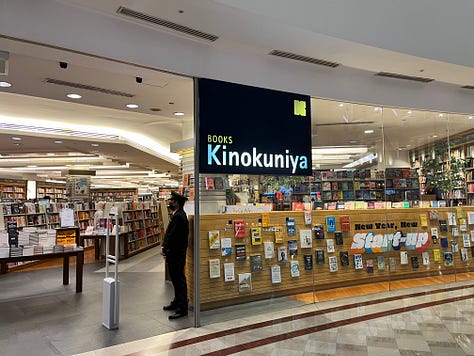

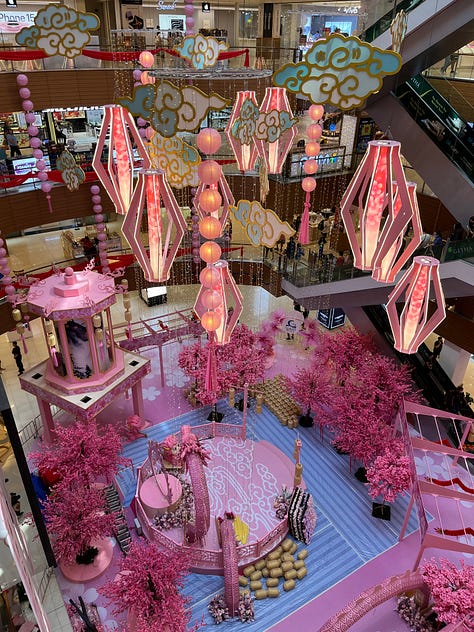
Public toilets (like at the mall or a sporting complex) have both regular toilets and squatting toilets. For a funny description of squat toilets, have a glance at this post; it’s a bit dated but still quite relevant. No, I haven’t been brave enough to try the squat toilets. It’s enough to navigate the regular toilet stalls with water on the ground from the sprayers in the stalls! And I often forget to bring my own TP or grab some from the central area of the restroom, though I’m learning quickly because one only need to drip dry a few times.
In apartments
Bathroom floors are set ~0.5”-1.0” below the rest of the flooring and they have drains in them so that you can a) wash yourself after going to the toilet (aka use a bum gun, or a long hose next to the toilet), and b) easily clean the floor.
You have to turn switches on for anything to work. Want to make coffee? Make sure the outlet is switched on. Want to cook on the electric stove? Don’t forget to flip the switch underneath where it plugs in. Same for the oven, if you have one (many apartments do not). Want to use hot water in the kitchen sink? Make sure the switch for the hot water is flipped. Want to take a shower? Better go flip the switch for the hot water heater and give it 5-10 minutes to heat up. I can’t tell you how many things we thought were broken that simply needed a switch flipped to work. Very few things are automatically “on” like in the US. When you’re finished, you’re supposed to turn them off, though we’re terrible about remembering.
Speaking of plugging things in, good luck finding outlets. Sometimes a room will only have one wall outlet, including in the kitchen. Best to get a power strip (one per room, really) and then good luck putting it somewhere you won't trip over. Apparently no one needs to plug 10 million devices in here. The sparse outlets are a bit of a mystery to us, as these buildings aren’t that old.
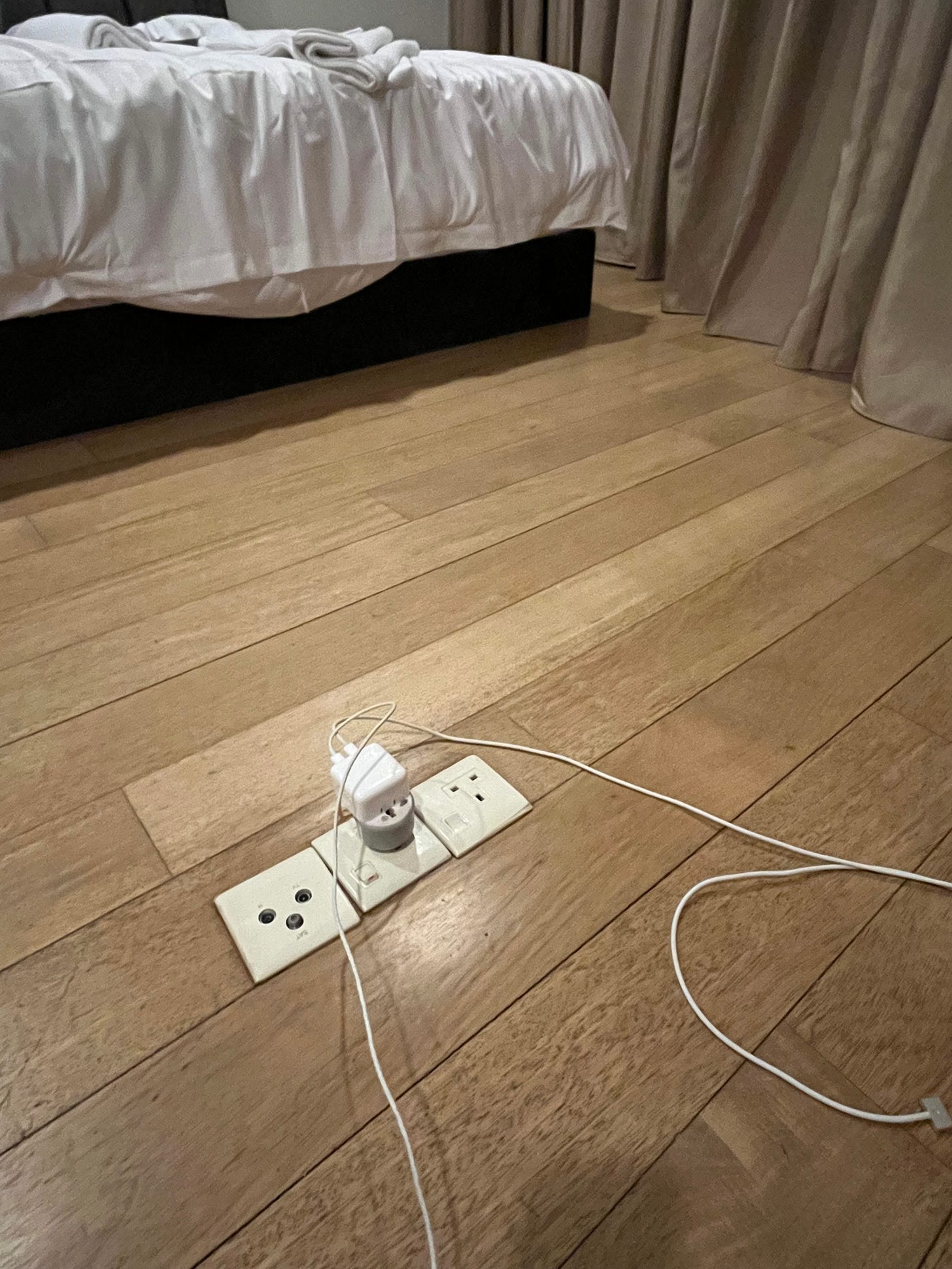
Apartments generally don’t have dishwashers. Well, YOU are the dish washer. Ha!
Security guards. It seems most, if not all, apartment complexes have them. The guards are stationed at the entrance/exit and let you in and out at all hours of the day and night. Most don’t say anything to you but will nod as you go in and out.
I’ll share more about our time in KL and some of the things we did and places we explored, along with our overall thoughts in future posts.




